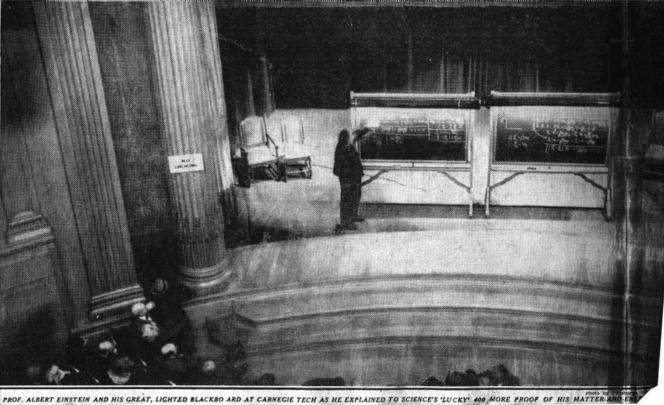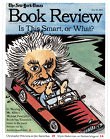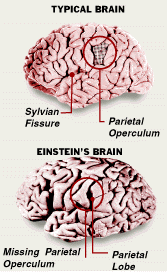"Physicists use the wave theory on Mondays, Wednesdays and Fridays, and the particle theory on Tuesdays, Thursdays and Saturdays."
WH Bragg (1862-1942)
"So what's the speed of dark?"
Stephen Wright
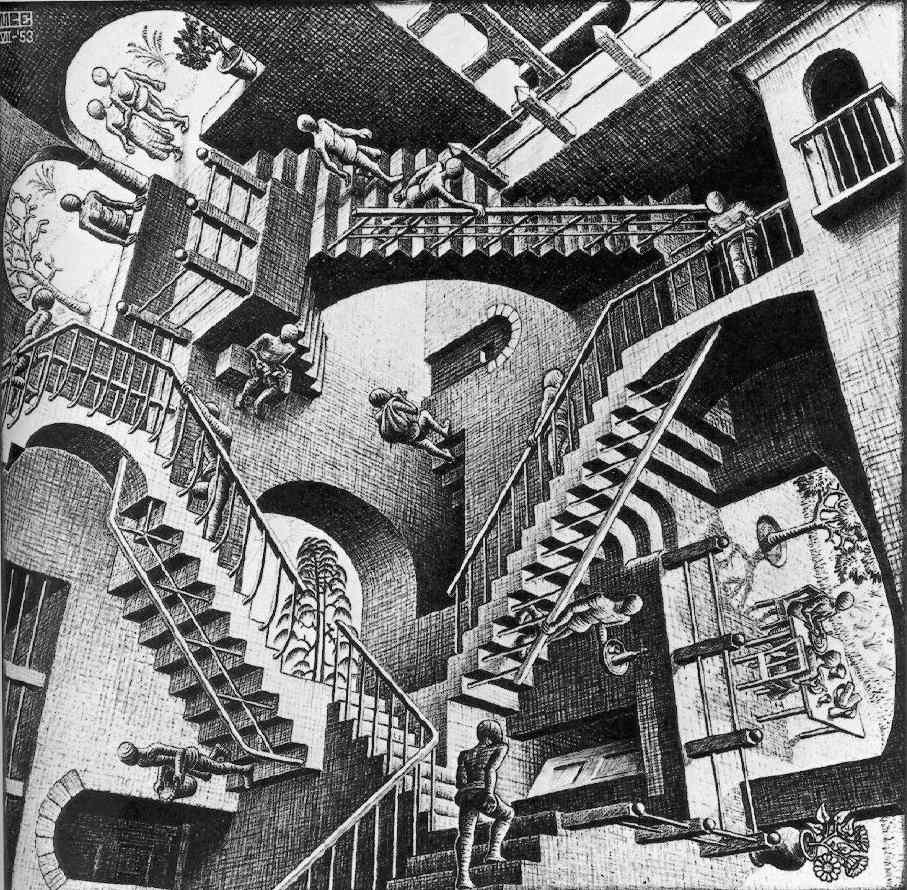
There continues to be a fascination with the German atomic bomb effort from World War II as evidenced by the May, 2022, article The elusive truth of Farm Hall. Below I discuss the play "Copenhagen" which made quite a stir several years ago. Now there is to be a play based on the so-called Farm Hall Transcripts [PDF]. These are transcripts of secretly taped conversations of the German scientists (including Heisenberg) who were interned at Farm Hall in England after the War. It seems to be an endless game to try to interpret from these conversations what the Germans did and did not know during WWII about making a bomb. The play Copenhagen by the renowned playwright and author Michael Frayn (he wrote "Noises Off", for example) which explores the occasion in 1941 when Heisenberg paid a visit to Bohr in Copenhagen. The intriguing question, of course, is "what did they discuss?" Some speculate that Heisenberg was trying to obliquely warn Bohr about the German atomic bomb project. There has been some new (Feb. 2002) light shed on what transpired through the release of some letters from Neils Bohr (see also New letters expose war-time secrets). There is also a "Heisenberg letter" which can be found at the Who Was Werner Heisenberg? site maintained by the Heisenberg family. There one can find a number of Heisenberg's letters and writings translated into english. There is also a resources page. The London version of the play saw very enthusiastic reviews while the Broadway version won several Tony awards! The play opened in Toronto in January, 2004. There were good articles on the show and Frayn in the Toronto Star and Globe & Mail. I saw the opening-night show on January 7 (which was great) and there were reviews in the Star and Globe & Mail. A panel discussion of the scientific and ethical issues addressed by the play happened on February 8, 2004, and I was one of the panelists. There were a number of symposia, both in Europe and the U.S., discussing the issues surrounding the play. For example, there was a day-long symposium on the play "Creating Copenhagen" at the City University of New York which examined the scientific and historical issues brought up in the play as well as artistic issues associated with the writing and staging of the play. Several of the presentations at this symposium were reprinted in the July 2000 issue of Physics Today including: A Historical Perspective on Copenhagen, The German Uranium Project, and Werner Heisenberg and Albert Einstein. There is also a nice bit of detective work by Jeremy Bernstein in The Drawing or Why History Is Not Mathematics from the journal Physics in Perspective. I also recommend the book by Jeremy Bernstein entitled Hitler's Uranium Club. The play was the subject for the University of Pennsylvania's 1999 Reading Project. At this site you can find a number of fascinating essays about the play written by both artists and scientists. There are also articles in May 1999 CERN Courier and June 1998 PhysicsWeb discussing the play. (There is another article by Jeremy Bernstein on Heisenberg's trip to Poland in 1943.) Finally, there are a recent (January 2010) set of remarks entitled Quantum imaging: Scattered observations on "Copenhagen" which offer yet another take on the play.
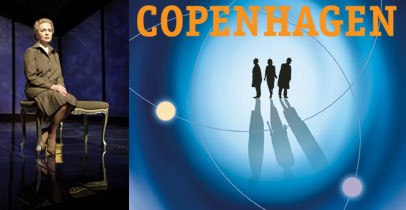
Over a hundred years ago (November 25, 1915 to be precise) Einstein submitted his paper on the General Theory of Relativity. Here are a few articles that commemorated this event:
- Nature Special Issue - General Relativity at 100 - November, 2015
- On the Anniversary of Two Scientific Revolutions - November, 2015
- What Is General Relativity? - November, 2015
- Space, the Frontier Right in Front of Us - November, 2015
- A Century Ago, Einstein's Theory of Relativity Changed Everything - November, 2015
Albert Einstein and Relativity in the Pages of The (NY) Times - November, 2015 - Researcher's work offers more proof of Einstein's general theory of relativity - November, 2015
- How Politics Shaped General Relativity - November, 2015 Einstein's Biggest Triumph: A Century of General Relativity (Op-Ed) - November, 2015
- Standing the Test of Time (and Space) - October, 2015
- General Relativity: 100 Years Old And Still Full Of Surprises - October, 2015
There has been an increasing interest in science shown by artists and vice versa. which has lead to some interesting artworks - like those shown in the exhibit Signatures of the Invisible. There is also an interest from the scientist's side to see how artists perceive science. Towards this end, the British Institute of Physics commissioned the Rambert Dance Company to produce a new work to celebrate the achievements of Albert Einstein - Celebrating Einstein with Dance, Constant Speed (brochure) premiered in 2005. The originators of the project were interviewed in New Scientist.
Time is a particularly sticky problem and has been an obsession of philosophers and physicists since, well, since time immemorial. A nice overview is given in Time examined and time experienced (2018). The topic has generated lots of musings such as The Period of the Universe's Clock (June, 2020) [The PRL article is Physical Implications of a Fundamental Period of Time] and The origins of space and time (August, 2013). Einstein's Clocks (October, 2015) is a layman's discussion of the conundrum of time by Fermilab's Don Lincoln. Check out the essay entries (December 2008) to fq(x) - Foundational Questions in Physics and Cosmology on The Nature of Time. There is also a book by Dan Falk called In Search of Time: Journeys along a Curious Dimension about which the Ottawa Citizen said "Falk's book is what Hawking's A Brief History of Time should have been." Falk has also posted an essay on time travel which you might find amusing. In 2013, Lee Smolin also put out a book on time called Time Reborn which you may want to peruse. There has always been plenty of verbiage on that old chestnut, "Did time begin with the Big Bang?" Have a look at another video from Don Lincoln on The Big Bang Theory (October, 2014). There's also The First Second After The Big Bang (September, 2014) from the Universe Channel. An August, 2010 article Death Of The Big Bang, Or The Problem Of Time's Beginning also discusses the issue. Various physics heavyweights have weighed in on the matter in the past little while including Stephen Hawking on The Beginning of Time. There are several sites on how one experimentally examines such a question including Observing the Beginning of Time and Beyond Einstein. Finally, this is a question with a long history of theological debate. If you are interested in this kind of thing, have a look at "Genesis: Science and the Beginning of Time" [PDF] or God and the Beginning of Time for a religious perspective. (I won't bias you with my opinion but would be happy to discuss it).
A number of years ago all of Einstein's scientific writings were made available online at Einstein Archives Online. English translations of his five famous papers from the "miracle year" 1905 are collected in the book Einstein's Miraculous Year: Five Papers That Changed the Face of Physics. Now (December, 2014) the Collected Papers of Albert Einstein including love letters, report cards, personal thoughts and experiences are available online here both in the original german and with english translations. There's a nice article about the release of the papers - Inside the mind of Einstein: 44 years of writings released online - from the December 6, 2014 Globe & Mail.
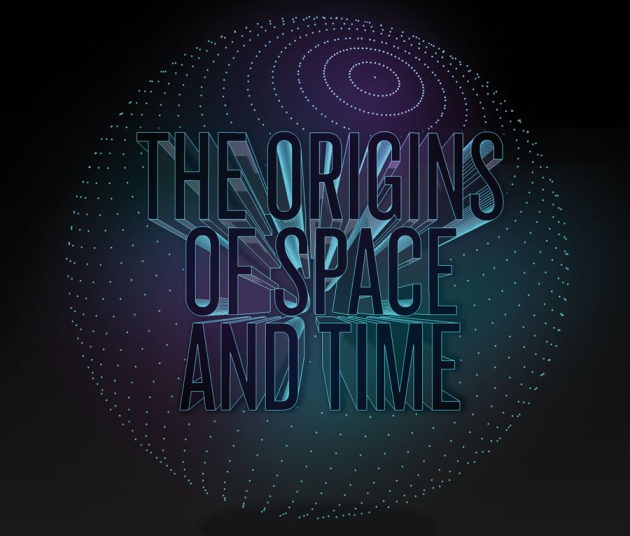
This is actually old, not new, but back in 2002 the electron double slit experiment was voted as Science's most beautiful experiment. There are some other great one's in the list as well as described in Here They Are, Science's 10 Most Beautiful Experiments.
There is a new American Institute of Physics site on my hero Rutherford. There is also the Rutherford site maintained by his biographer John Campbell.
There is a nice book by David Bodanis called E=mc2 (naturally) which dissects, in a very entertaining manner, each of the terms (including, the most important one "=") in Einstein's most famous equation. See also Fermilab Today from July 5, 2013 for another discussion of the famous equation. There are further discussions in Fermilab Today about "Proving special relativity" - episode 1 - Friday, March 21, 2014 and episode 2 - April 4, 2014.
There is a special issue of Nature on The Quantum Atom which explores "the origin and legacy of Niels Bohr's radical view of the nuclear atom, published one hundred years ago." We can now "see" the Bohr orbitals as discussed in Direct view of atomic orbitals (June, 2013), 'Quantum microscope' peers into the hydrogen atom, and A New Look at the Hydrogen Wave Function (May, 2013) or watch electrons in motion as summarized in Electron spectroscopy: Not just snapshots, real movies (July, 2013). There is also the theoretical question about how big atoms can be which is covered in Theoretical physics: Sizing up atoms.
The foundations of the quantum world are still hotly debated. For discussions of this have a look at: The Oxford Questions on the foundations of quantum physics (July, 2013), Science and Philosophy: A Love-Hate Relationship (July, 2013), and Einstein as armchair detective: The case of stimulated radiation (July, 2013). See also A Quantum of Solace - Timeless Questions About the Universe. Entanglement and the Uncertainty Principle are always hot topics. See, for example, Measurement Uncertainty: Reply to Critics (February, 2014), Proof mooted for quantum uncertainty (June, 2013), Spooky action gets collective (June, 2013), Quantum uncertainty not all in the measurement (September, 2012), Experimental demonstration of a universally valid error-disturbance uncertainty relation in spin measurements (January, 2012), Quantum theorem shakes foundations (November, 2011), and A quantum take on certainty (June, 2011).
Or how about the lowly photon. Read here for the unlikely origin of its name. It is still being studied, as evidenced by the July, 2013 articles How Stable is the Photon? and Detection of single photons via quantum entanglement.
You can read a reconstruction of a lecture Einstein gave on the equivalence of mass and energy in Pittsburgh in 1934. Included in the article this picture of Einstein lecturing that was in the newspaper.
See how Albert Einstein did on his performance review at the patent office in Bern for the year 1905.
Ride a relativistic rocket! Physicists at the Australian National University have created a computer program called Real Time Relativity that "allows the user to fly through a virtual world governed by relativistic physics." You can download the program from here.
I also highly recommend the book Einstein's Dreams by Alan Lightman who is John E. Burchard Professor of Science and Writing and senior lecturer in physics at the Massachusetts Institute of Technology. The book is a beautifully lyrical, thoroughly entertaining, and wonderfully short, meditation on time through the artifice of imagining the daydreams of Einstein in 1905. The book has spawned a theatrical adaptation, performed by Raleigh, NC's Burning Coal Theater Productions, which garnered very good reviews.
There is has always been a lot of contention about the central principle of the Special Theory of Relativity - namely, that the speed of light in vacuum is a constant independent of the source and receiver relative speed. Further, maintaining causality in Special Relativity requires that nothing can go faster than the speed of light in a vacuum and many attempts have been made to circumvent this, thus obtaining "superluminal" speeds. For example, see the article " Cosmic Laws Like Speed of Light Might Be Changing", where the possibility that the speed of light has changed value over time is discussed. A few years ago a number of experiments involving light propogation through dense media generated a lot of controversy and juicy headlines like "Light Pulses Flout Sacrosanct Speed Limit" (2002 - note the website), "Faster than a Speeding Light Wave" (2000), and "Laser Smashes Light-speed Record" (2000). Controversy also surrounded a paper in Nature bearing the innocent sounding title of "Gain-assisted superluminal light propagation." The abstract contained the line, "The observed superluminal light pulse propagation is not at odds with causality ..." although you wouldn't know it based on some of the media coverage about it. This is nothing more than the old group versus phase velocity confusion according to Bob Park in What's New.
The fascination with superluminal speeds is that it is related to the least understood subject in physics (and philosophy) - time. The onset of the new millenium produced a renewed fascination with time. You can take A Walk Through Time, a site on the evolution of time measurement from The National Institute of Standards and Technology (NIST) in the U.S. The article Seeing Faster by James Gleick in the New York Times Magazine gives a fascinating glimpse into how flash photography has changed our perception of time. The site also includes plenty of interesting links. There seems a particular fascination with time travel including "Time Travel" from NOVA as well as a site with "explanations" of relatvity and time travel.

